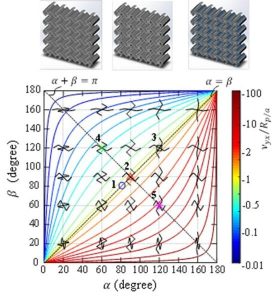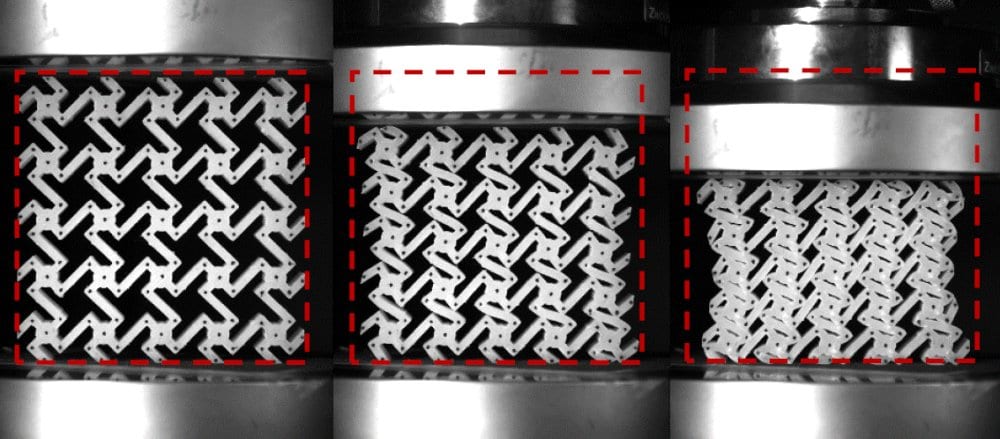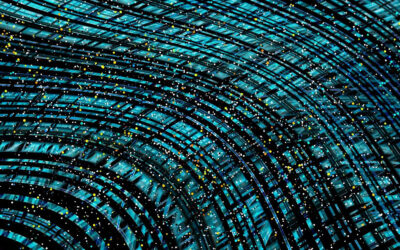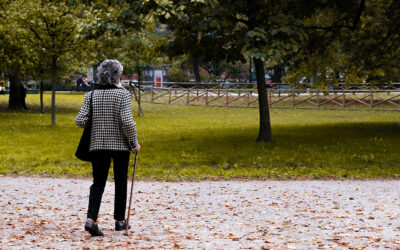 Unlike common foams or textiles, auxetic material becomes thicker when stretched along its length and thinner when compressed lengthwise. Many existing auxetic materials have symmetric geometry, under small deformation, instability will occur to break the symmetry, and then the auxetic effects will easily disappear after instability. Chiral geometry can also induce auxetic effect via chirality-induced rotation. The unique chiral geometry is not conventional symmetric at the very beginning, so the auxetic effects can be preserved for very large deformation. On the other hand, if we can increase the rotation of the chiral cells, the auxetic effects will be stronger. Unnoticeable modifications such as softer corners or center cores can be easily introduced to the chiral geometry o significantly increase the rotation and therefore the materials become much more auxetic.
Unlike common foams or textiles, auxetic material becomes thicker when stretched along its length and thinner when compressed lengthwise. Many existing auxetic materials have symmetric geometry, under small deformation, instability will occur to break the symmetry, and then the auxetic effects will easily disappear after instability. Chiral geometry can also induce auxetic effect via chirality-induced rotation. The unique chiral geometry is not conventional symmetric at the very beginning, so the auxetic effects can be preserved for very large deformation. On the other hand, if we can increase the rotation of the chiral cells, the auxetic effects will be stronger. Unnoticeable modifications such as softer corners or center cores can be easily introduced to the chiral geometry o significantly increase the rotation and therefore the materials become much more auxetic.
In this study, for the first time, the concept of amplifying chirality-induced auxetic effect via elevating internal rotation efficiency was proposed and proved via multi-material 3D printing, mechanical experiments, and finite element (FE) simulations. This work was mainly supported by a recent NSF/CAREER award to meet the fast development in metamaterials and 3D printing. The fast development of 3D printing technology enables easy fabrication of designs with sophisticated geometry and materials combination. It also provides a fast-prototyping tool for design. We can quickly print out a couple motifs of our designs and perform mechanical experiments to evaluate and quantify the properties and behaviors of the design.
Chiral auxetic cellular solids are very flexible in volume change which makes them a very good candidate for energy absorption materials, such as cushioning for helmets, packaging, and armors; biomedical applications for stent designing and drug delivery; and smart composite materials can be responsive to external environment like light, temperature, and humidity. For example, the chiral auxetic foams can be designed for enhanced protection and energy absorption in sports armors; smart medical bandage can be designed to release medicine particles upon different levels of swelling; the chiral cellular solids can also be used in designing smart facade of buildings, so that each cell can open or close automatically when the light intensity or temperature changes during the day to save energy.

















